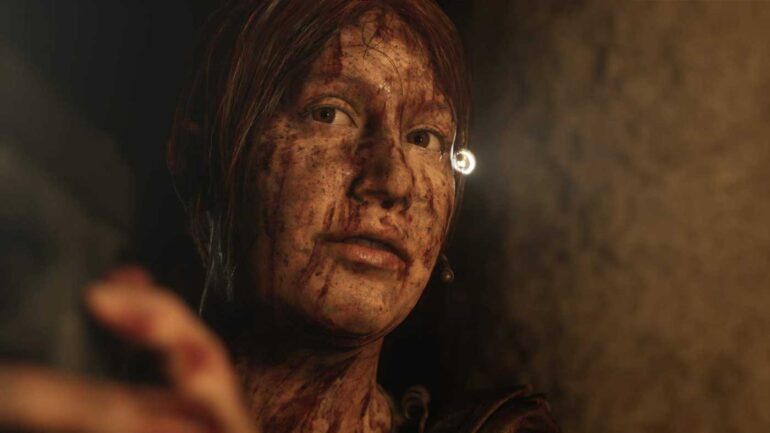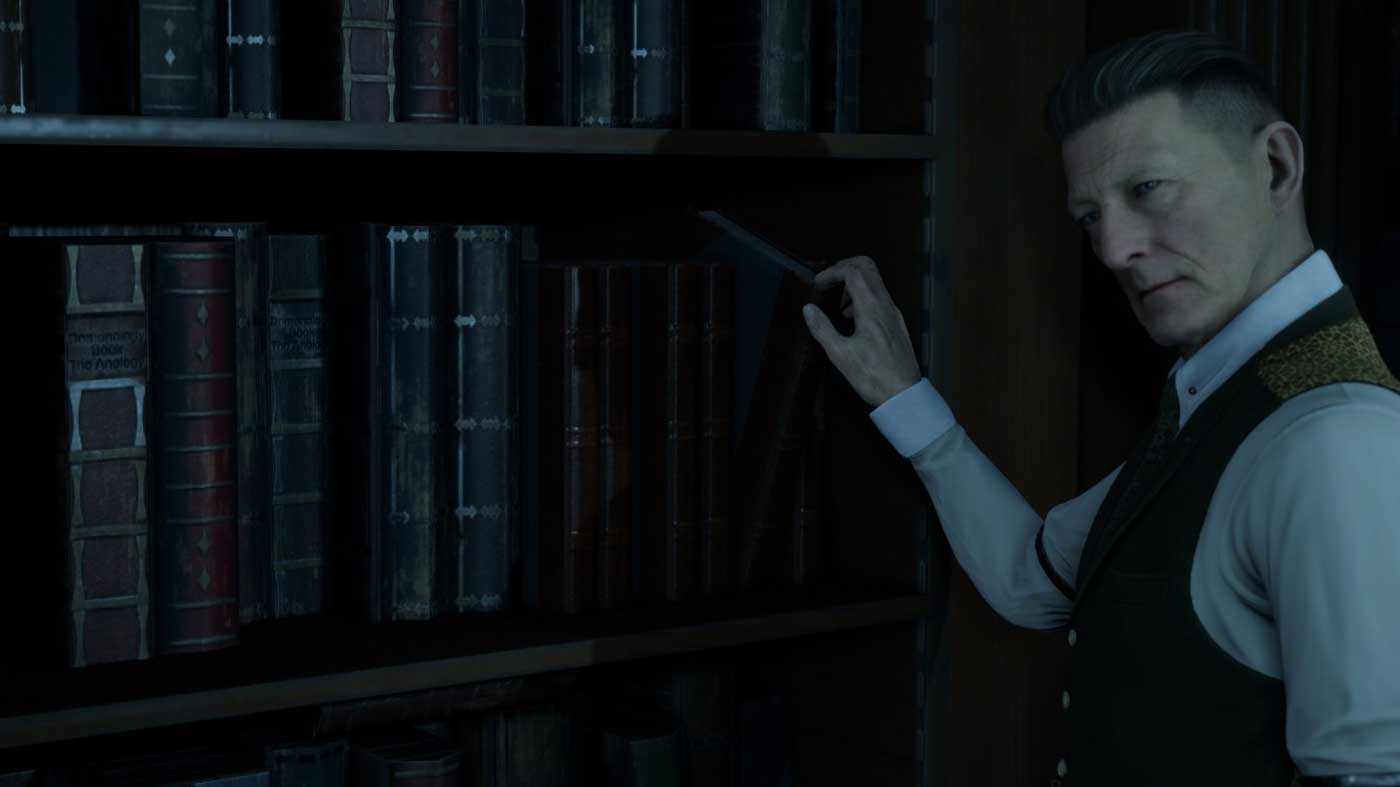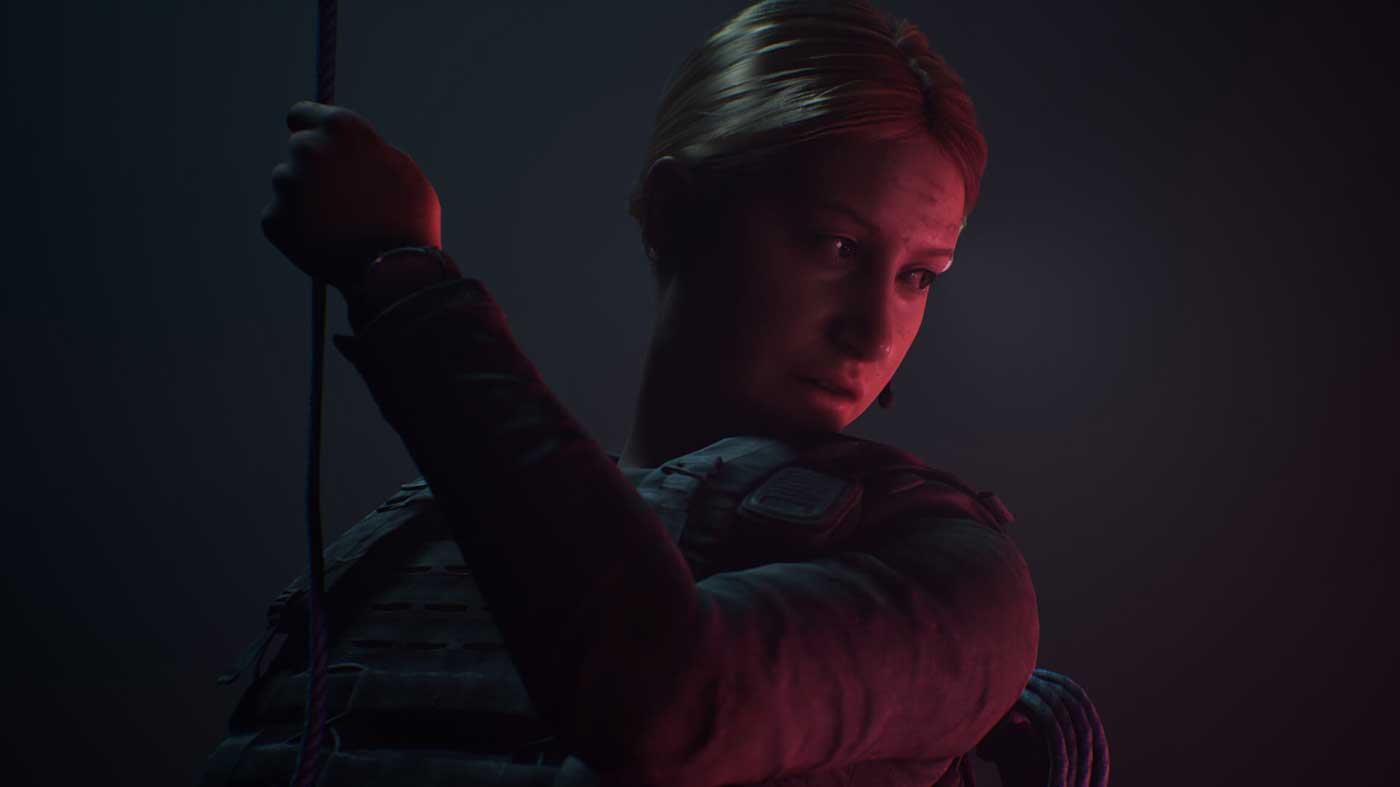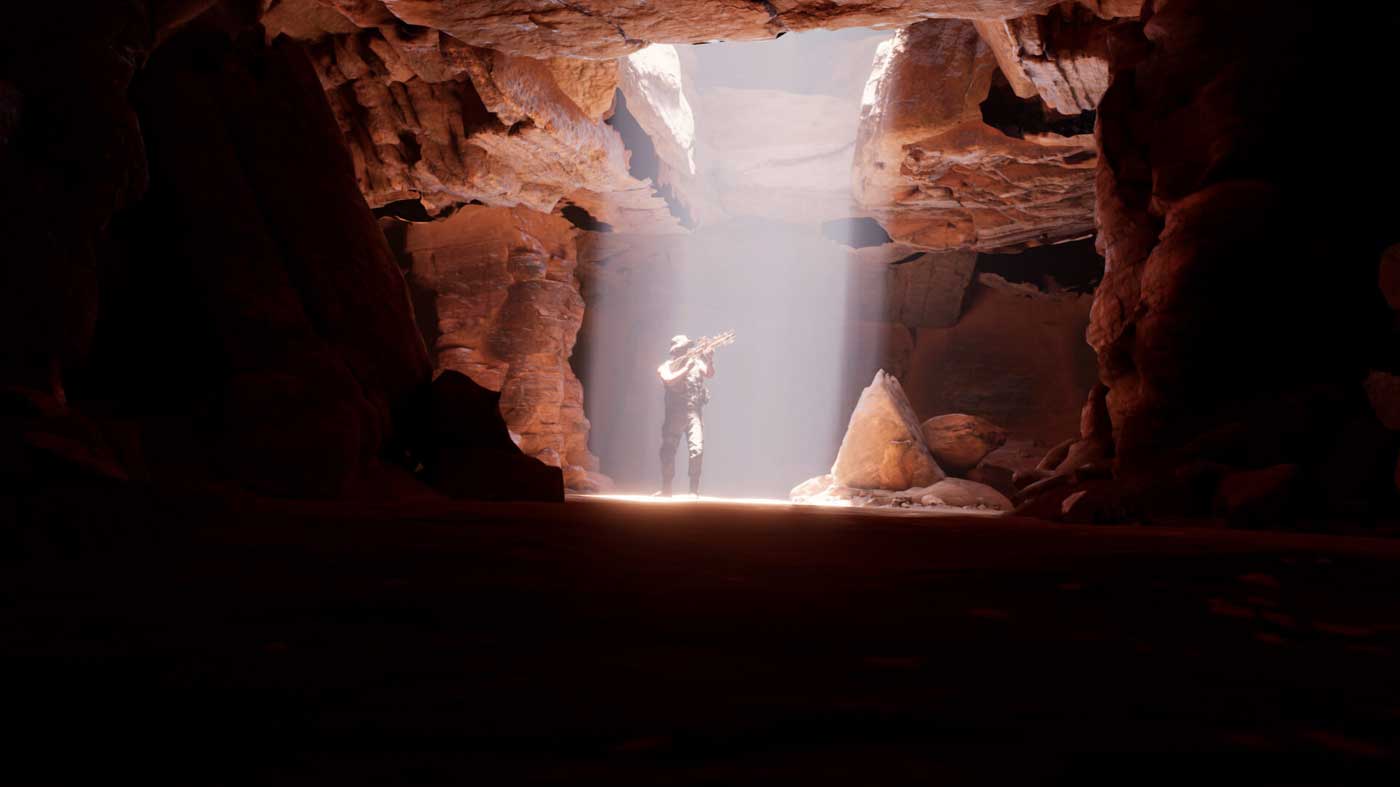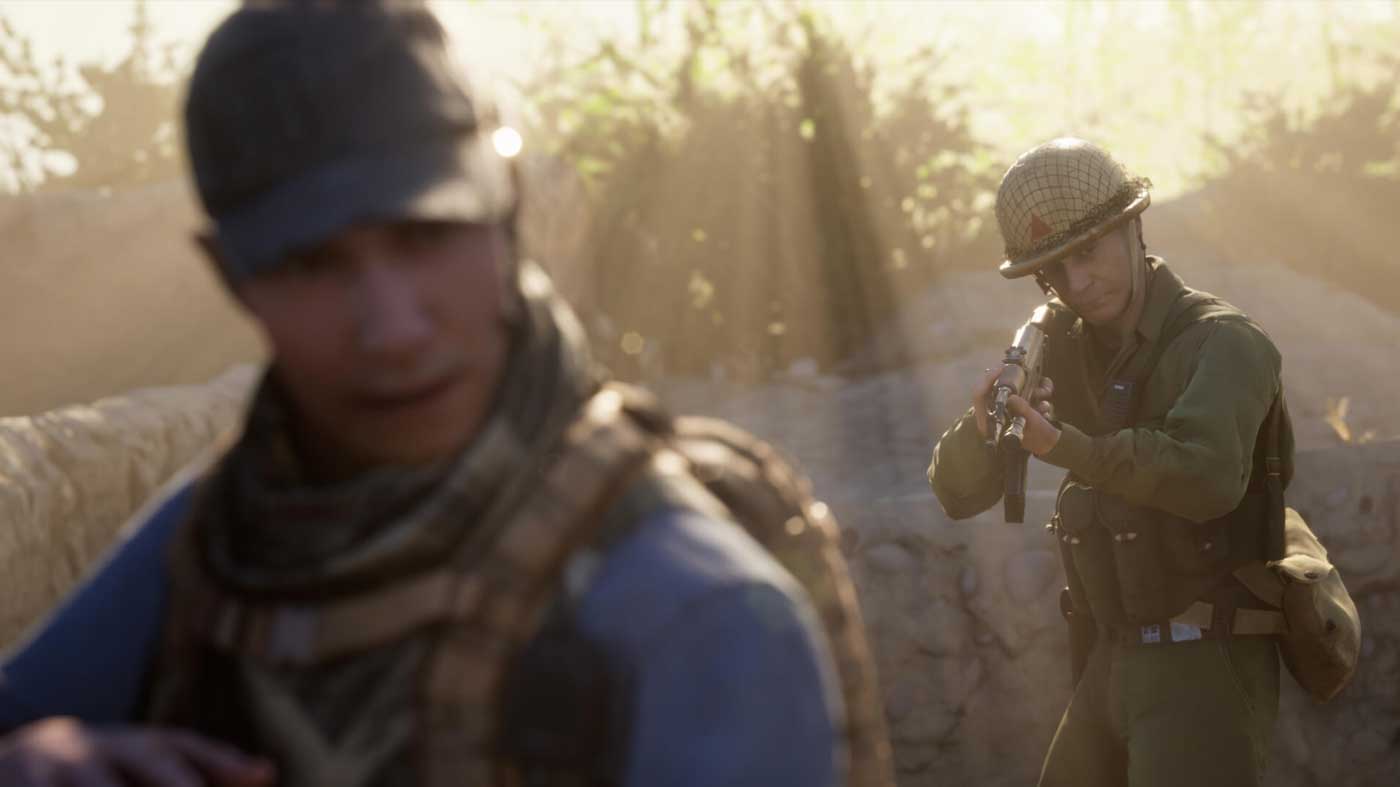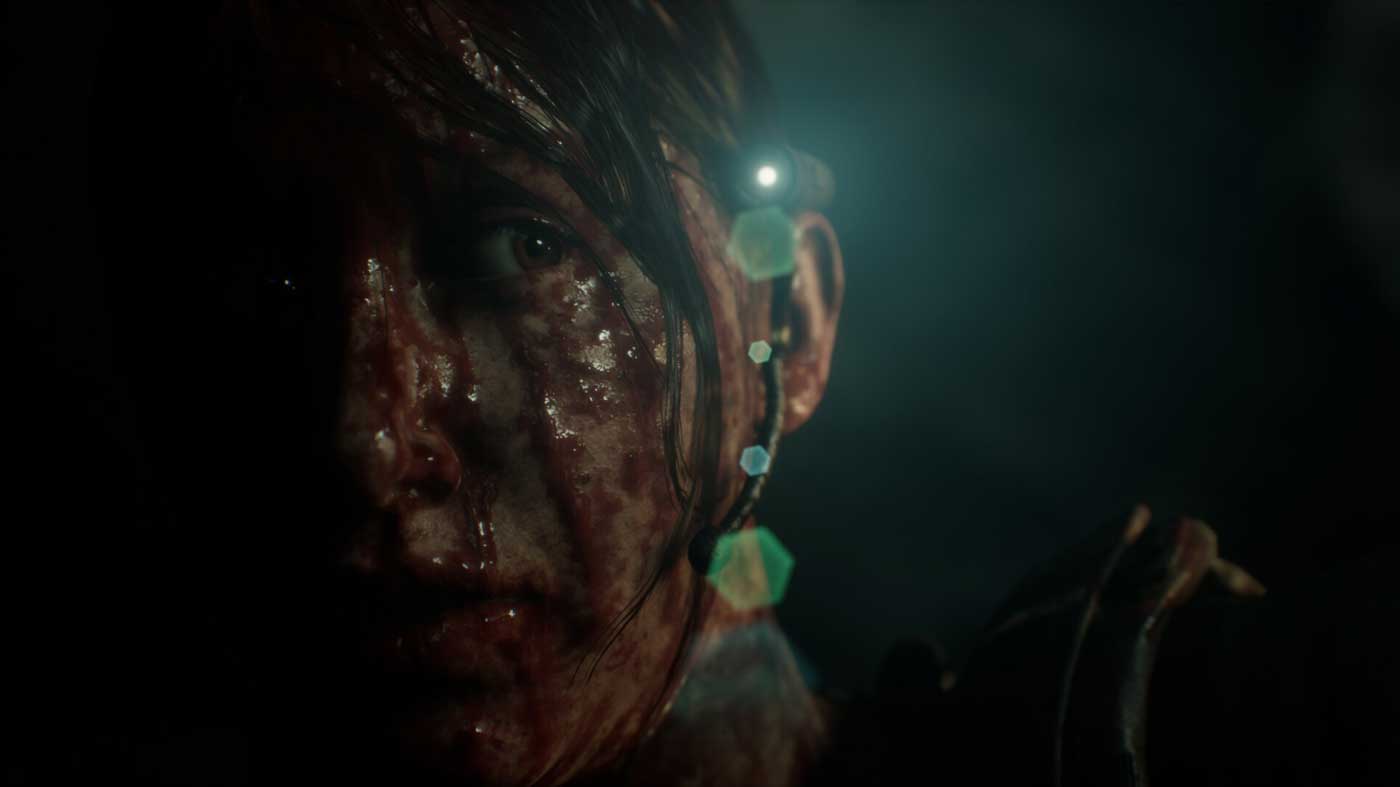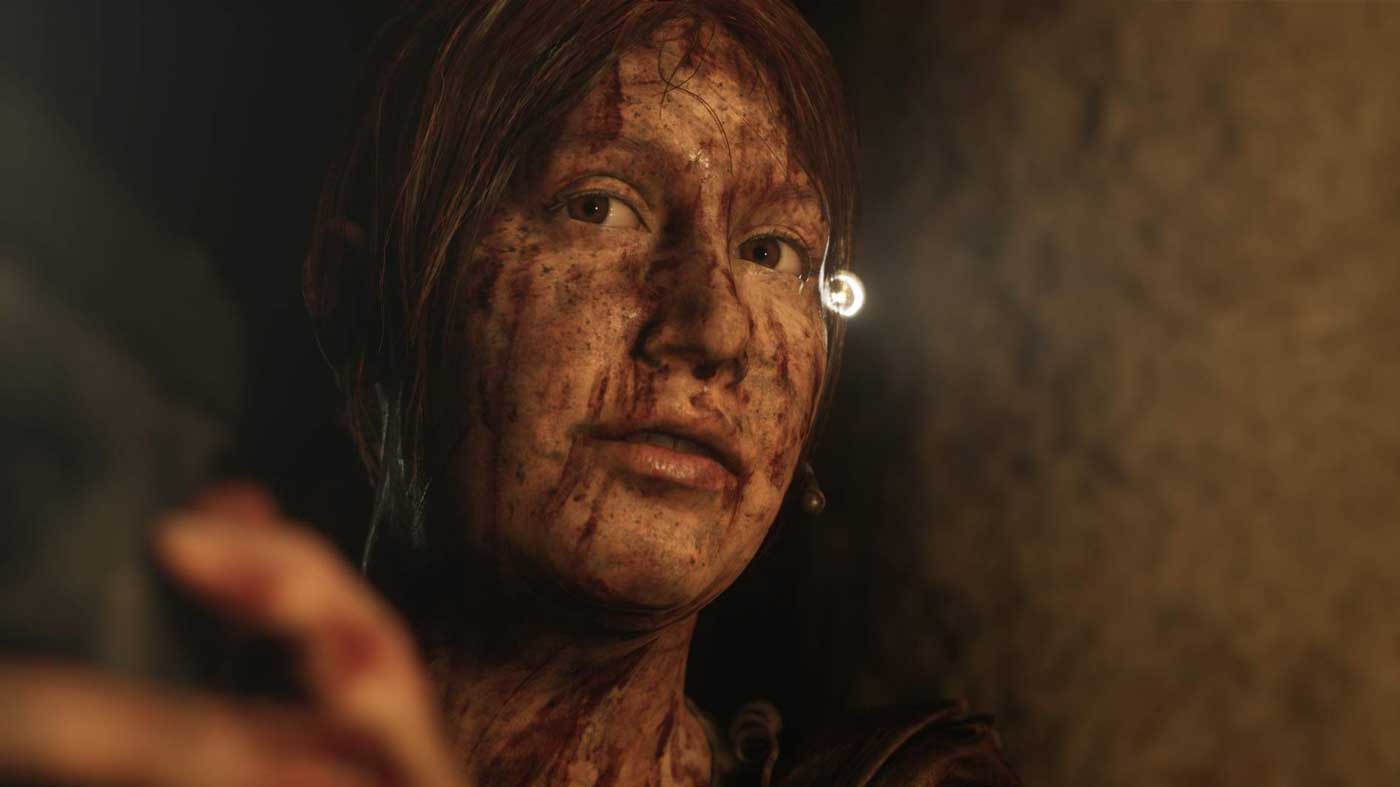The Dark Pictures Anthology is shaping up to be like any great horror series. It’s getting regular instalments, they’re all of variable quality, and each person has their own opinion on the best one. These games also remind me of the time of horror franchises like SAW and Paranormal Activity – where no matter the quality of the product itself, I can look forward to enjoying it with friends with each annual release. But with House of Ashes, that comfort is bolstered by confidence. Simply put, it’s the best Dark Pictures Anthology so far, and Supermassive is truly listening to the fans and finding their stride here.
Much like the previous games in the anthology, House of Ashes is an interactive drama similar to Until Dawn and Detroit: Become Human. You play as a group of characters collectively and must make decisions to navigate them through the story and (ideally) to safety as the credits roll. Each decision you make, no matter how innocuous, will usually have some effect on how things play out. Much like its predecessors, Man of Medan and Little Hope, House of Ashes is entirely self-contained. You don’t need to have played the previous Dark Pictures games to appreciate the experience and can jump straight into this one if you so wish.
House of Ashes takes place during the Iraqi conflict in 2003. You play mainly as a squad of US soldiers sent to investigate and procure weapons of mass destruction during the conflict. The arguable lead here is Rachel King; a CIA officer played against-type by Ashley Tisdale. She’s joined by Jason Kolchek, Nick Kay, and her estranged husband Eric King, leading the operation. Keeping things interesting, you’ll also play as someone from the other side of the war, an Iraqi lieutenant named Salim searching for his son amongst the conflict.
The plot starts to get going when the squad arrives at their mark and is attacked by Iraqi forces. In the chaos, it appears that the group has awakened strange creatures that begin to hunt the group down as they try their best to escape. Eventually, through a bizarre earthquake, they’re dropped into an underground Akkadian temple built to appease the gods during a cataclysmic event. If you’ve seen films like The Descent, you probably have an idea of the mood and atmosphere House of Ashes is going for – it’s dark, tense, and oppressive.
I’ve briefly alluded to this previously, but House of Ashes is a huge step up from Man of Medan and Little Hope. I’d had some concerns when I had hands-on with the games twice earlier this year, but so many of those concerns fell away as the story progressed. Man of Medan and Little Hope both went in unexpected directions, too. However, the way House of Ashes executes its grand finale is so much more satisfying. I’m not going to spoil anything – to do so would be neglectful on my part – but House of Ashes goes in a direction that you’ll never guess. I’m excited for more people to experience it.
As a game, House of Ashes plays better than its predecessors too. Fixed camera angles (though I adore them) have been scrapped for a complete player-controlled camera. A dedicated flashlight button also lights up the room. Still, it slows down your character – though the trade-off feels inconsequential as there’s never a moment where your character’s speed matters. Hence, we spent most of the game playing with our flashlights on anyway.
I say we because House of Ashes brings back the multiplayer options that the previous two games did. Shared Story allows you to jump online and play with a friend, just as if you were playing split-screen locally. Movie Night allows you to assign characters to each person in the room, and the game will tell you when that person needs to have the controller passed to them. You can even assign more than one character to a person if you don’t have four other people in the room with you. The only real downside to this mode is that some characters have a more prominent role in the story than others – so some people in the room might not get to play as much.
That being said, difficulty options, which can be set individually for each player, are a welcome addition to the series. House of Ashes is all about the quick-time events, as you’d expect, but being able to adjust their leniency for more casual players is welcome. Unfortunately, it still didn’t save one of the members in my group from killing their character in the final act (you know who you are). However, it’s still a welcome addition that makes the game playable for people regardless of their experience with video games.
Little Hope had a remarkably annoying habit of throwing the same tired jump scares at you until they weren’t scary at all. Thankfully, House of Ashes does the opposite. A lot of the scares are achieved the good old-fashioned way – by building tension and a sense of dread and not ending every possible moment with a loud noise. There is still some jump scares and some fantastically achieved ones, but overall the game is a lot more subdued in its approach to scaring players. Especially at the end of each act, I’ve never been so tense in trying to make sure I do all the right things to keep my characters alive at the climax of each act.
With the jump to the new generation of consoles, House of Ashes looks fantastic. There’s still the odd case of the uncanny valley in some characters – Clarice is terrifying whenever she moves her mouth – but everyone else otherwise looks and animates well. In my Little Hope review, I’d lamented that these games would never quite reach the visual fidelity of their bigger budget cousin Until Dawn, but House of Ashes comes pretty close. The lighting, the beautifully designed locales, and even the creatures themselves all come together to make this the best presented Dark Pictures game so far.
Despite being the star, Ashley Tisdale is a little bit flat here in her performance though the rest of the cast does a great job at selling the drama and tension in House of Ashes. Add to this a great and intense score by Dead Space alum Jason Graves, and you’ve got a thrilling soundscape to run away from monsters to.


